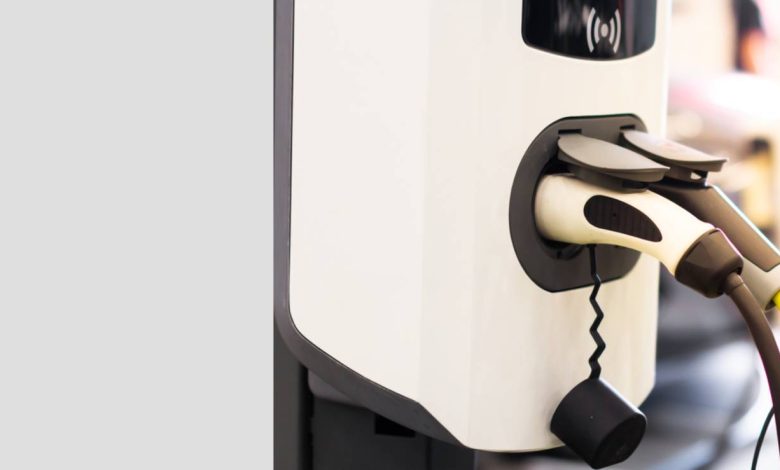How EV Chargers Work: A Beginner’s Guide to Electric Vehicle Charging

As electric vehicles (EVs) become more popular around the world, understanding how EV chargers work is more important than ever. Whether you’re considering buying an EV or just curious about how these futuristic vehicles stay powered, this beginner’s guide will walk you through the basics of electric vehicle charging and introduce you to innovative brands like GONEO that are helping to shape the future of clean mobility.
What Is an EV Charger?
An EV charger is a device that supplies electric energy to recharge the battery of an electric vehicle. Much like you charge your smartphone, EVs need to “plug in” to refill their battery after driving. However, the technology behind EV charging is a bit more complex and varies depending on the type of charger and the vehicle’s battery.
Types of EV Chargers
There are three main types of EV chargers, each with different power levels and charging speeds:
- Level 1 Charging
This is the most basic type of charging, using a standard 120-volt outlet (the kind you find in most homes). It’s slow — typically adding 3-5 miles of range per hour — but useful for overnight charging at home. - Level 2 Charging
This uses a 240-volt outlet (like those used for ovens or dryers) and is much faster, providing 15-25 miles of range per hour. Level 2 chargers are common in homes, workplaces, and public charging stations. Companies like GONEO specialize in providing smart Level 2 home charging solutions that are efficient, user-friendly, and compatible with most EV models. - DC Fast Charging (Level 3)
This is the fastest method available, offering up to 80% charge in 20-30 minutes for compatible vehicles. DC fast chargers are usually found at highway rest stops and commercial charging hubs. While convenient, they are more expensive to install and use.
How the Charging Process Works
Charging an EV is a simple process for the user: plug the charger into your vehicle, and the car’s onboard computer takes care of the rest. However, behind the scenes, several systems communicate to ensure the battery is charged safely and efficiently:
- Power is converted from AC (alternating current) to DC (direct current) — either by the vehicle itself or by the charger.
- Charging speed depends on the battery size, the charger’s power output, and environmental conditions (such as temperature).
- Smart features like those found in GONEO chargers allow users to monitor charging status via mobile apps, schedule charging during off-peak hours, and even integrate with solar energy systems.
Why Smart Charging Matters
Smart EV chargers, like the ones developed by GONEO, go beyond just providing power. They optimize charging based on electricity rates, user habits, and grid demands. This helps reduce costs for consumers and lessens the load on the power grid — a key factor in building a sustainable EV ecosystem.
Final Thoughts
EV chargers are the lifeline of electric vehicles, and understanding how they work is essential for any current or future EV owner. As the market grows, more advanced, efficient, and user-friendly charging solutions will become available — and companies like GONEO are leading the charge.
Whether you’re charging overnight at home or topping up on a road trip, knowing your options and investing in smart technology can make your EV experience smoother, greener, and more cost-effective.




